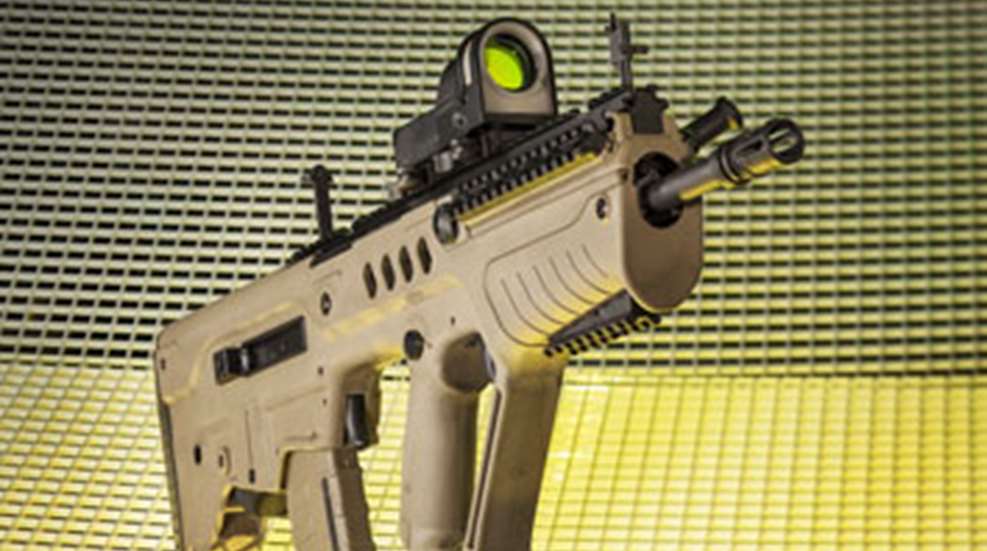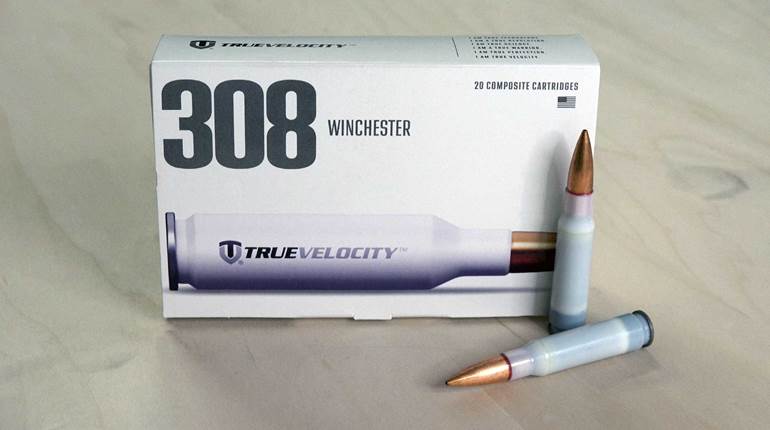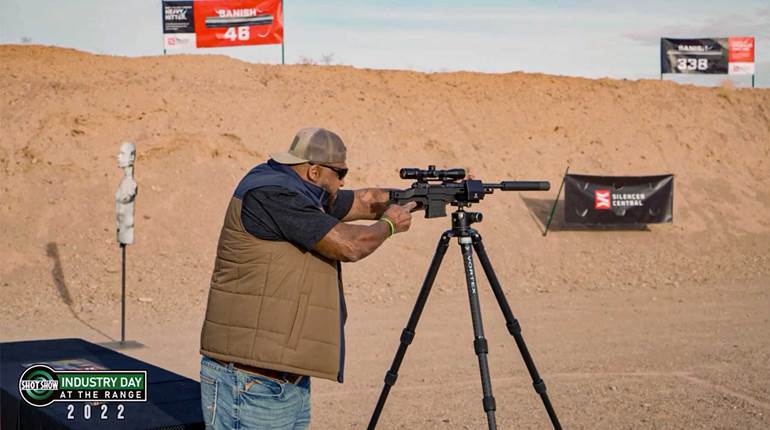
Well, not really, but a release I received yesterday indicated that IWI US shipped its 20,000th Tavor carbine chambered in 5.56x45 mm NATO. When you consider that the company was not set up until December 2012, that is quite an accomplishment-and considerably more successful than my friend Michael Kassnar of IWI US had anticipated. My colleague, Senior Associate Editor Brian C. Sheetz, wrote it up for the June 2013 issue in an article called “Decidedly Different.” He posited at the end of the article: “The only question now is whether like its namesake desert sentinel, the Tavor will establish itself with similar significance on the American landscape. We thought so much of the Tavor that we named it the 2014 American Rifleman Golden Bullseye Rifle of the Year.
The road to the bullpup‘s acceptance on the commercial side has been slow and bumpy. Sure, there were would-be military oddities such as the Godsal and Thorneycroft. But the bullpup craze really started in the United States with target, varmint and benchrest guns. It was quite a fad in the 1930s through the 1950s with bolt-actions designed by the likes of John R. Bushmiller and George S. Patton. Yes, that George S. Patton. Before World War II, then Col. Patton thought it would make for a very practicable cavalry carbine.
The first time a bullpup really came to the attention on the world stage was with the then-radical EM2 chambered in a .280 cartridge proposed by the British to arm embryonic NATO forces. Almost comical looking with its wood furniture, the British were on to a good idea for a military rifle in an age of mechanized warfare-with shorter overall lengths, bullpups are easier to get in and out of vehicles than conventional rifles.
But the United States was steadfastly against odd-looking rifles and pipsqueak cartridges. Thus, the United States adopted the T65 (later 7.62x51 mm NATO) cartridge and the M14. The rest of the free world adapted FN FALs or G3s. It wasn’t until the French adopted the FAMAS and the Austrians (and later the Australians) adopted the excellent Steyr AUG that the bullpup design made its mark. The former was briefly available as a semi-automatic-only, and U.S. made AUGs can be had today as well. Too, back when bullpups were on the rise there was a civilian only Valmet Model 82 and the Bushmaster M17S.
Many military forces around the world followed suit, with the British finally adopting the long-awaited bullpup SA80, now the L85A2, and of course, the Israeli Defense Force adopted the Tavor. But why the appeal for civilians? Why such commercial success?
Of course, there are the ergonomic advantages to the bullpup design, but I suspect there is a more popular culture answer that has contributed heavily. “Call of Duty,” likely the most profitable entertainment franchise in history, features all the modern military bullpups listed above-and then some. Some even I had never heard of from the former Eastern Bloc. Virtually every video gaming young person in the United States knows what a Tavor is, what an L85A2 is, and what a FAMAS is.
At the first NRA Annual Meetings & Exhibits where Kassnar first displayed a semi-automatic-only Tavor, many of the older guys passing by had no idea what was-but nearly every 16- to 25-year-old sure did. Twenty thousand carbines later, I think George S. Patton would be pleased to know his then-revolutionary ideas have finally been accepted. After all, Patton liked to be right.





































